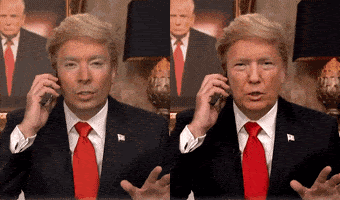As a BIM master student, I was quite surprised when I heard that none of the courses were recorded and therefore available online. Everyone I ever spoke about it was enthusiastic about recorded lectures. Maybe all of my friends are just lazy students (like me), who prefer to stay in bed rather than going to a 9 am lecture, but I genuinly think it offers more convenience than it has disadvantages. Me wondering this was the main reason for me to write on this subject.
MOOC stands for Massive Open Online Courses, and are (often free) courses that are available to the public through online lectures and assignments (EdX, 2019). It provides great advantages as you can enroll from anywhere around the world, as long as you have access to a decent internet connection.
First of all, and maybe the most obvious advantage of MOOC’s, it that the internet knows no borders. Of course we all know the Great Chinese Firewall, but someone from South-Korea is able to enter a website from a Colombian local bee farm. Therefore, people from more abandoned areas, like sub-Saharan Africa are able to enter these courses as long as there is a decent internet connection and a streaming device. According to UNESCO (2016), sub-Saharan Africa has the highest rates of education exclusion in the world. Almost 60% of all youth between 15 and 17 there are not in school. Yes, they still require a streaming device, but a phone screen is in theory enough, and video projectors can be installed in classrooms.
This brings us to another advantage of MOOC’s, there is (in theory) no maximum student capacity. As it is a digital product, it can in theory be copied infinitely without reducing in quality. This means an enormous amount of people could follow the course of a single professor. This seems like a situation that only has benefits, but there are some risks. If a single professor is enough to educate a massive group of people, then I foresee a decrease of the need for professors. This may lead to many professors losing their job, and having to seek other ways to earn a living.
MOOC’s being a digital good also brings a major risk, the risk of the course content being copied and spread without consent and compensation. Screens can be recorded and assignments being copied. Websites like The PirateBay that provide a lot of illegal content are nowadays still available, whether it is through a proxy server or not). A solution must be sought to prevent piracy, because a single pirate is enough to create a lot of damage.
Another advantage of MOOC’s is that it provides an opportunity to gather data about its students. It can be tracked how much and when students spend time on the website, and which classes and courses are more and less attractive. Students may be able to provide a rating and a comment after every course. A risk of having too many students enrolled, is that a single professor may not be able to answer all questions or analyze feedback. This proves that a MOOC is not simply a professor with a webcam, but really requires a well-structured team or organization.
I would advise professors and universities to brainstorm about threats and opportunities in the increasingly digitized society. I believe that it’s very important not to miss the boat and to exploit first-mover advantages. Otherwise, you will remain the incumbent, while others become the disruptors.
References
EdX. (2019). mooc.org. Retrieved October 16, 2019, from http://mooc.org/.
UNESCO. (2016). Education in Africa. Retrieved October 16, 2019, from http://uis.unesco.org/en/topic/education-africa.


